Additive Manufacturing Is Slowly Disrupting Aerospace Engineering
There is a small 3D printing revolution happening within astronautics and aeronautics.
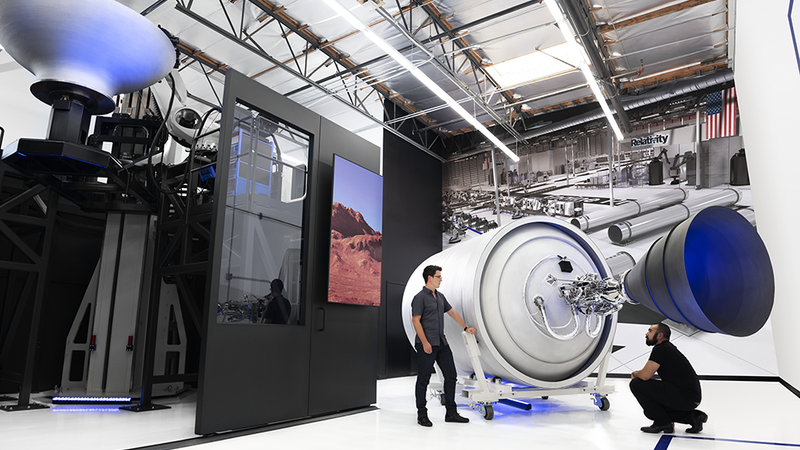
The Relativity Space Offices - a manufacturer of 3D printed launch rockets. Source: Relativity Space
According to a report by SmarTech Analysis, the additive manufacturing (AM) market grew in 2019 to over $10.4 billion, marking the first time the market reached this double-digit billion threshold in its 40 year history.
Used synonymously with 3D printing (we will discuss this later), AM has played a pivotal role in various industries worldwide, changing the way we design, prototype, and manufacture. The Aerospace & Defense industry has become an exemplar of this slow but disruptive manufacturing revolution.
Companies within this industry started using the technology as early as 1989. In 2015, aerospace contributed to about 16% of 3D printing's global revenues. In the coming years, the A&D additive manufacturing market is expected to reach $6.74 billion by 2026, representing a healthy 15-20% of the entire additive market.
Being an early adopter of 3D printing, the Aerospace and Defense industry plays an integral part in the development and expansion of the AM market. To many people, it is considered to be the industry that has the highest adoption rate of 3D printing technologies.
What is additive manufacturing?
Let's begin with the basics. It all starts with a 3D model. This digital computer-aided design (CAD) model is turned into a physical three-dimensional object. How? Unlike subtractive manufacturing technologies, 3D printing is an additive process. This means an object is created by laying down successive layers of material until the final object is created. No special tooling is required. Rather, parts are directly manufactured onto the printer's built platform.
This process opens the doors to a unique set of benefits like the fabrication of low cost geometrically complex parts, hyper-customization, low cost-prototyping, and fast turnaround times. In addition, there is a long list of 3D printing materials available to consumers and manufacturers that include everything from polymers to metal.
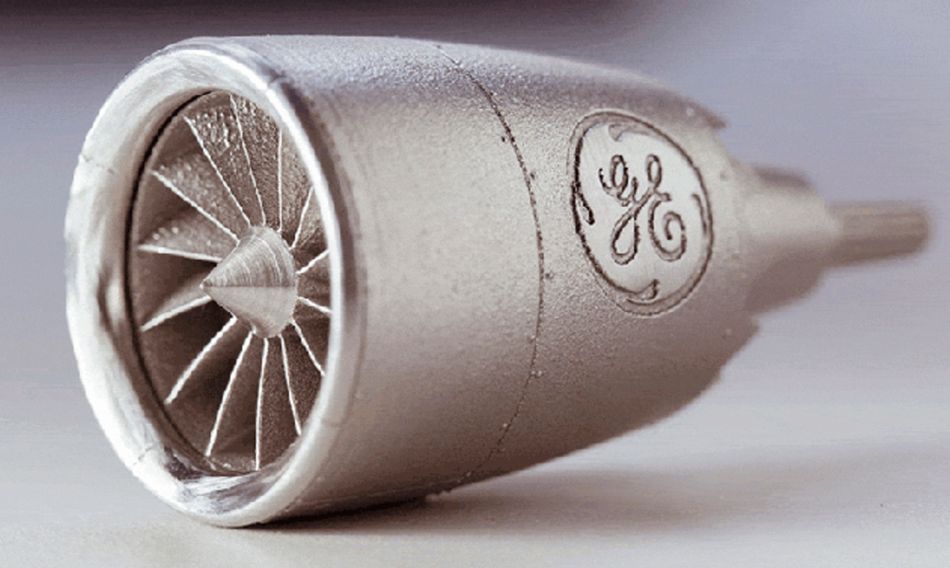
3D printing is commonly used professionally for two specific purposes. First, these additive processes are used as a rapid prototyping solution to speed up product development. Secondly, it is used as a manufacturing technology for the production of end-use parts.
A majority of the cases and examples from the A&D industry will follow both instances. Within the realms of aerospace engineering, additive manufacturing has quickly evolved from a tool only appropriate for prototyping and one-off manufacturing to full-blown production technology.
At the heart of this adoption of 3D printing technologies, you will find a clear value proposition. Like many other industries, AM offers the aerospace world the opportunity to create stronger and lighter parts than the parts made using traditional manufacturing.
The power to fabricate topology optimized structures with a high strength-to-weight ratio and the possibility to consolidate multiple components into a single part is tremendous.
As part of a two-article series, this article will present a brief overview of 3D printing technologies in the aerospace industry and center much of our discussion around aeronautics. The second article will explore how AM is used in the military and astronautics.
During this series, we will examine real-world cases, current, and emerging trends, as well as potential disruptions in the near future.
The terms "additive manufacturing" and "3D printing" overlap, but there are some distinct differences.
When exploring the cases and ideas presented in this article, it is important to understand the overlapping relationship of the terms additive manufacturing and 3D printing. These terms are commonly used synonymously. Both of these words refer to creating an object through the process of adding building material in successive layers.
Nonetheless, the phrase 3D printing tends to be used to describe the actual manufacturing process. In a majority of cases, it is used on the consumer side of the market.
Additive manufacturing is traditionally used as a broader umbrella term that encompasses 3D printing, the design process, supply chain, and the final printed component. It is more about the manufacturing process transformed by 3D printing. In short, AM is more concerned with the complex industrial applications of 3D technologies.
In the case of this article series and for simplicity, we will use them interchangeably.
Why does aerospace love 3D printing?
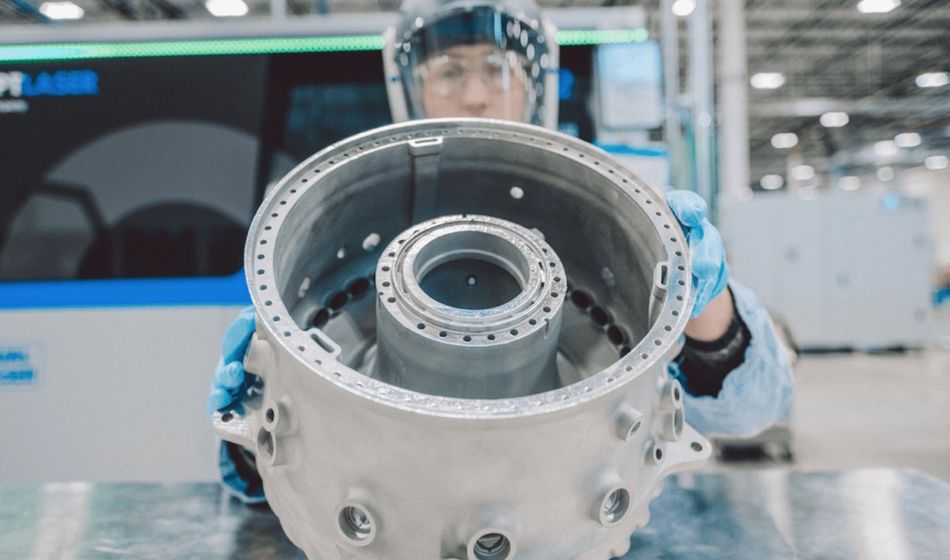
GE Aviation, Boeing, and Airbus have invested hundreds of millions of dollars into AM. Why? As mentioned before, 3D printing is capable of manufacturing complex geometries. It is one of the primary reasons why aeronautical engineers embraced the technology.
Advanced engineering materials and complex geometries are used in the aerospace industry to reduce weight while improving performance. The higher degree of design freedom allows for the topological optimization of parts and the integration of functional features into a single component. 3D printed has a lot to offer pre-production. The fabrication of cost-friendly surrogates or part place holders, jigs and fixtures, mounting brackets, and high-detail prototypes is all typical in this industry.
Aerospace Engineers use various 3D printing techniques.
There is not a one-size-fits-all approach to additive manufacturing. Companies have a wide range of tools and materials at their disposal. However, there are plenty of options to choose from. Some of the most commonly used printing processes in aerospace engineering include Stereolithography (SLA printing), Selective Laser Sintering (SLS), Material Jetting, Direct Metal Laser Sintering (DMLS), Fused Deposition Modeling (FDM), and finally Selective Laser Melting (SLM).
- SLA printing is the additive manufacturing process of creating an object by selectively curing a polymer resin layer by layer using an ultraviolet laser.
- SLS printing is when a laser selectively sinters the particles of a polymer powder. This fuses them together layer by layer, creating your intended part.
- Material Jetting is one of the newer 3D printing techniques. The process utilizes liquid photopolymer and UV light to create your intended model. The parts are created using liquid photopolymer droplets, which are cured with ultraviolet light. It is considered one of the fastest, most accurate 3D printing technologies.
- FDM printing is one of the most commonly used methods of AM. During this process, an object is created by selectively depositing melted material in a predetermined path layer-by-layer.
- SLM printing is an additive manufacturing technique that utilizes a high-power density laser to fully melt and fuse metallic powders layer by layer with near full density.
- DMLS is an AM process similar to SLS printing and is another form of metal 3D printing. This process is able to create even more complex geometries, not traditionally possible with other manufacturing methods. Using heat and pressure, finely powdered metal is turned into a 3D dimensional object.
And, they have access to an extensive list of 3D printing materials at their disposal.

Three types of materials are used in AM: ceramics, metals, and polymers. All of the current 3D printing processes used within the aerospace industry cover the use of these materials.
Commonly used plastics like Acrylonitrile Butadiene Styrene (ABS) and Polylactide (PLA) are used in additive manufacturing as well as waxes and epoxy based resins. Depending on the intended part, different polymers can provide a wide range of structural and aesthetic options. For example, glass-filled nylon is used in SLS printing methods to create engine compartments that require heat resistance like a tarmac nozzle bezel.
Metal 3D printing is possible too. Aerospace companies are fabricating metals using AM processes like DMLS and SLM. Commonly printed metal include Steel, Titanium, Aluminium, and Cobalt Chrome Alloy. This has allowed companies like GE Aviation to print consolidated and lightweight, functional metal parts for engines.
Finally, ceramic powders like silica/glass, porcelain, and silicon-carbide can be printed. The aerospace world is slowly adapting ceramic fabrication, creating more durable and heat resistant parts, thanks to ceramic's unique properties.
Additive manufacturing is changing the way aerospace engineering works.
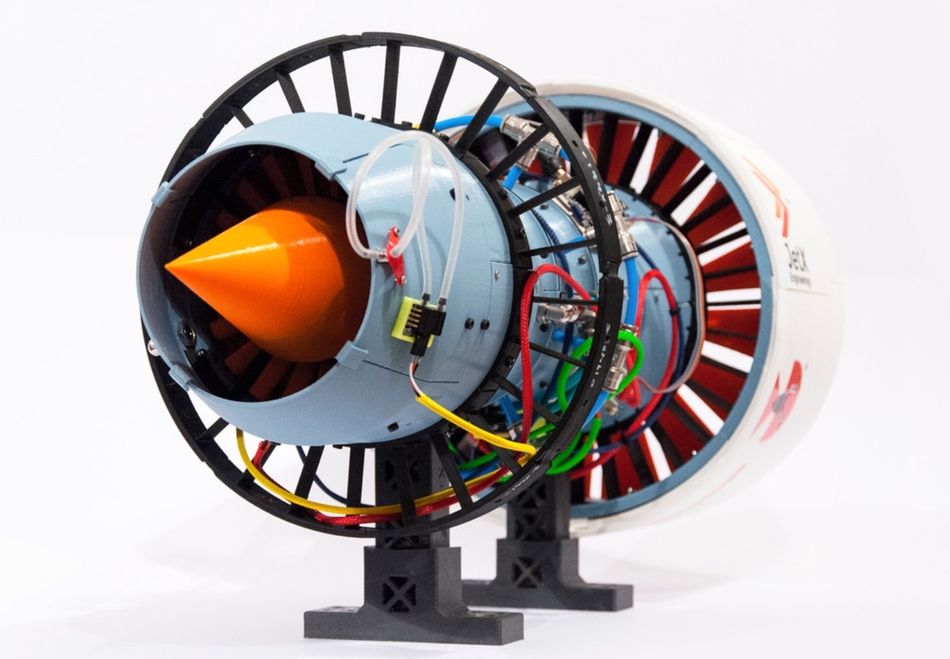
3D printing has become an essential part of the aerospace design workflow. From the initial conceptual design to production, 3D printing is part of each step.
First, communicating the design of an aircraft is very important. Design intention and the overall form of concept can be quickly and cheaply printed, even used for aerodynamic testing. SLA, SLS, and Material Jetting can all be used to create precise high-definition scaled-down models of aircraft or components during the early stages of a project.
Secondly, during the validation stage, techniques like FDM, SLS, and SLA can be used to fabricate prototypes that allow for full testing. During pre-production, additive manufacturing shows its true value. Tooling for injection molding, thermoforming, jigs, and fixtures can be manufactured at a low-cost thanks to AM. When it comes to production, things change. Production volumes in the aerospace industry are relatively high. This has led to the slow adoption of AM for the manufacturing of end parts.
Nonetheless, it is still an excellent tool for medium-sized custom production runs and highly complex one-off components. Regarding aeronautics, companies like Boeing and Airbus have discovered that by simply switching out a single component with a part that has been 3D printed, they can reduce drag by 2.1%, reducing fuel costs by 5.41%.
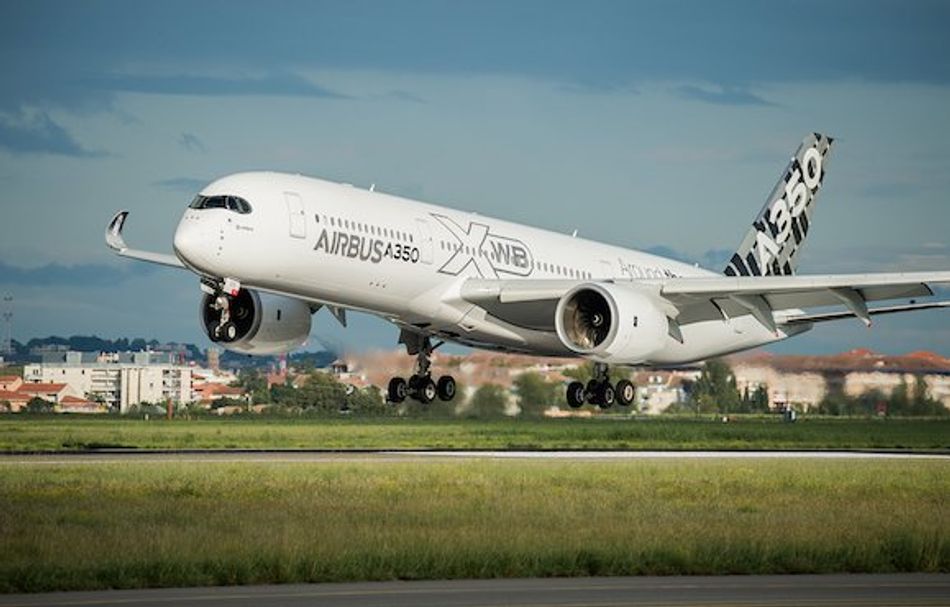
Additive manufacturing is becoming more common in aeronautical engineering.
The airline industry is one of the first advocates of 3D printing, driving adoption within A&D. Additive manufacturing helps airlines alleviate supply chain constraints, limit warehouse spaces, and reduce wasted materials from traditional manufacturing processes.
As you can probably guess, rapidly producing aircraft parts on demand saves enormous amounts of time, space, and money. However, 3D printing offers aerospace engineers the key to weight reduction, a goal described by Airbus as the "holy grail of aerospace engineering."
Streamlined designs paired with an additive process all translate to reduced weight in the air. Engine components, wall panels, seat frameworks, and engine components are being 3D printed to reduce weight in airlines. Weight affects an aircraft's payload, fuel consumption, emissions, speed, and safety. According to the Airbus team, every kilogram saved on an aircraft prevents 25 tons of CO2 emissions during an aircraft's lifespan.
Airbus installed the first titanium 3D printed part for a serial production aircraft a little over two years ago. The company has gone on to produce various 3D printed parts for different aircraft and aerospace projects. In one instance, the Airbus A350 XWB has more than 1,000 3D printed parts.
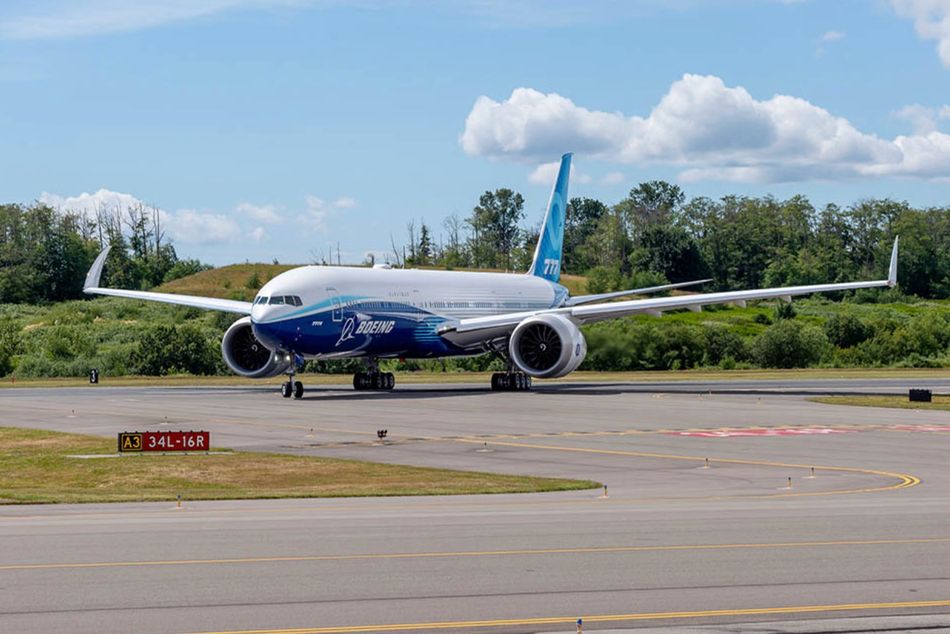
To make the parts, Airbus partnered with FDM leader Stratasys. They helped the aerospace company create parts using FDM materials like ULTEM 9085. Certified to Airbus's specifications, ULTEM 9085 is a durable flame smoke and toxicity production-grade thermoplastic that has an excellent strength-to-weight ratio. The aerospace company has also currently worked on two different types of Electrical Vertical Take-off and Landing Vehicles or eVTOLs. Dubbed, CityAirbus, many of the components on the eVTOL are 3D printed.
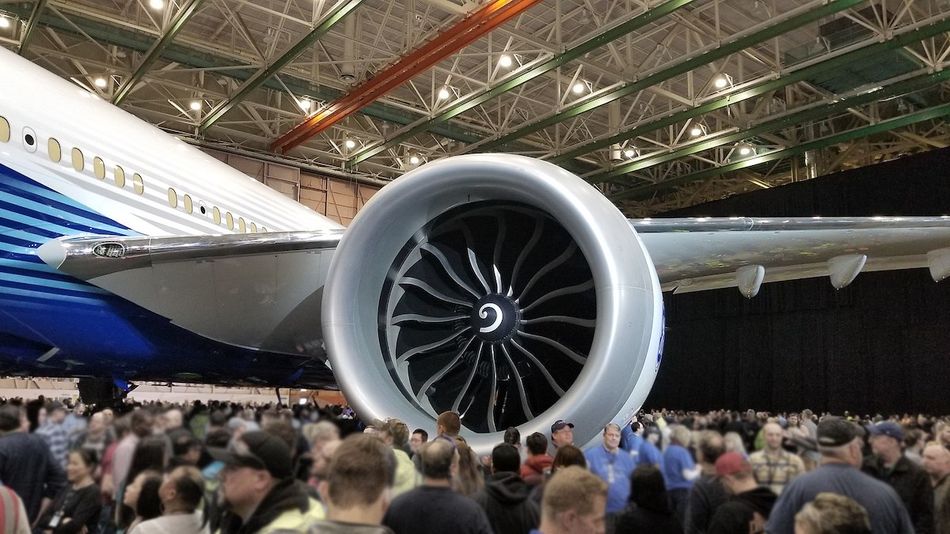
Satellites are being 3D printed.

Additive manufacturing has become a helpful tool for the design and creation of satellites. Like airlines, AM offers engineers manufacturing advantages like optimized geometry, lightweight components, and parts consolidation. Companies around the world are using additive manufacturing to create cheaper and more efficient satellites.
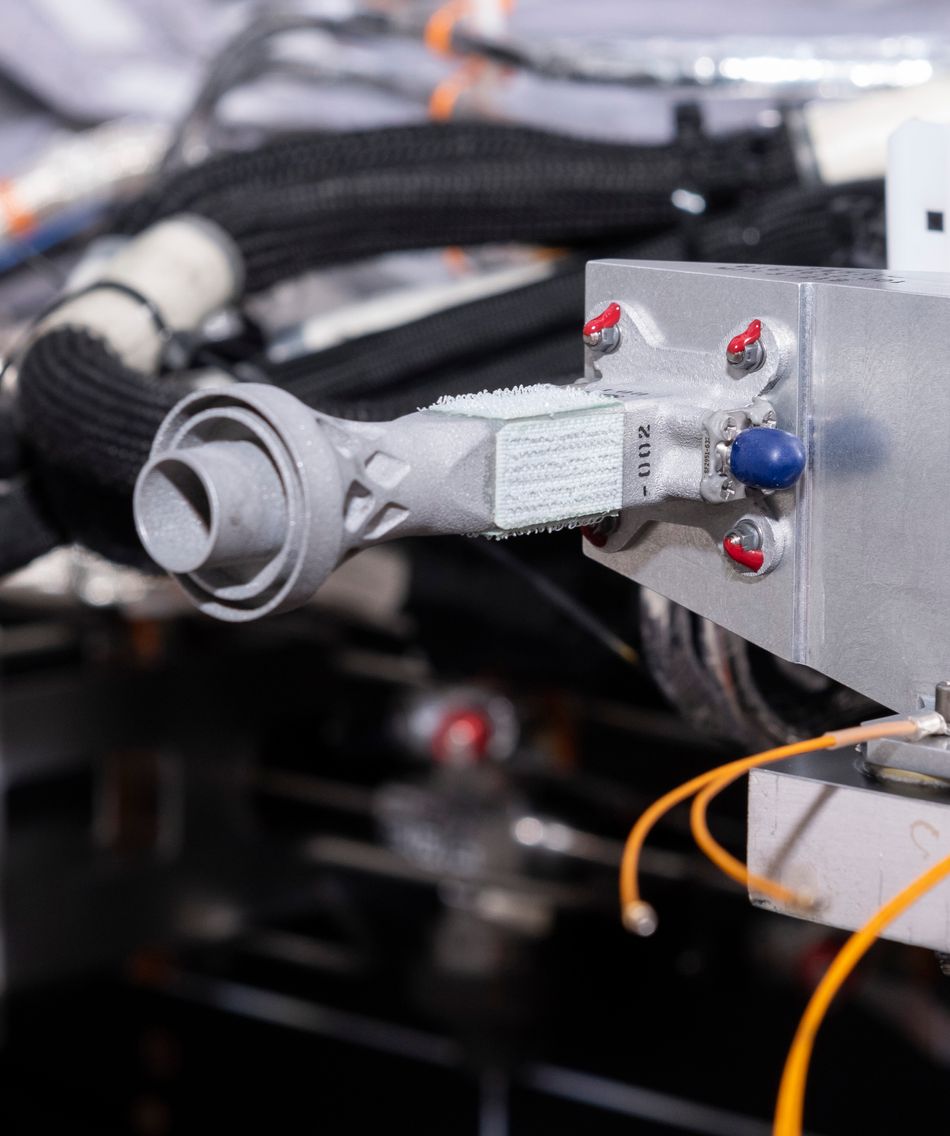
Continuing our Boeing story, in August of 2019, the aerospace company collaborated with Spacecom to launch the AMOS-17 satellite. The company made history when it produced the first 3D printed metal satellite antenna for the project. Thanks to additive manufacturing, the company was able to reduce production times and the satellite's overall weight.
In another example, earlier last year, NASA awarded the start-up Made in Space a contract for $73.7 million to develop orbital 3D printing. Made in space's satellite mission, named Archinaut One, will have the ability to 3D-print its own structures in orbit. It will additively manufacture two solar array beams in space that extend 10 meters from each side of the spacecraft.
According to NASA, "As manufacturing progresses, each beam will unfurl two solar arrays that generate as much as five times more power than traditional solar panels on spacecraft of similar size."
Additive manufacturing technology like this could be the first step towards the in-space construction of large communications antennas, telescopes, and other structures. However, there are small AM projects in the works.
Smaller satellites are becoming more common across the aerospace industry. They offer a responsive alternative to larger, more expensive satellites. Miniature satellite manufacturer Mini-Cubes has collaborated with 3D printing service provider CRP USA to create their flight-ready "Pocket Cubes."
Their Discovery satellite was manufactured out of a carbon fiber-reinforced composite material dubbed Windform XT using polymer SLS technology. This marks the first time in the world a company used this type of material for this application. This satellite's primary purpose is to monitor natural resources on the surface of the Earth. This past year, the satellites have begun extensive testing and will be launched in the near future.
Additive manufacturing still has its limitations.
As we have mentioned, additive manufacturing offers exciting opportunities for low volume production. It has evolved far beyond its days as a prototyping tool to a full-scale tool for end-use parts manufacturing within aerospace. Nonetheless, AM is still not perfect.
Similar to other industries where additive manufacturing is being adopted, slow production speeds, inconsistencies in material properties, and part-to-part variation provide challenges in scaling 3D printing for production. Constraints like the restriction of the volume of construction and production size limits are preventing it from surpassing traditional manufacturing methods.
It is important to note that the entire additive manufacturing industry is only less than 0.1 percent of the whole 12.7 trillion manufacturing industry. Nonetheless, the growing demand for cheap, strong, and light parts will surely continue to facilitate the catalyst needed to spark the innovation required to overcome these constraints.
In our next article in this series, we will further explore additive manufacturing in the aerospace industry, looking at how 3D printing technologies are changing the way we design military aircraft, core components for rockets, space stations, and inevitably space colonies.
Sources:
Deloitte University Press: 3D Opportunity in aerospace and defense
3D Hubs: Aerospace 3D Printing Applications
NASA: NASA Funds Demo of 3D-Printed Spacecraft Parts Made, Assembled in Orbit
GE Additive: Additive Manufacturing vs. 3D Printing
3D Natives: Additive manufacturing in aerospace is growing
